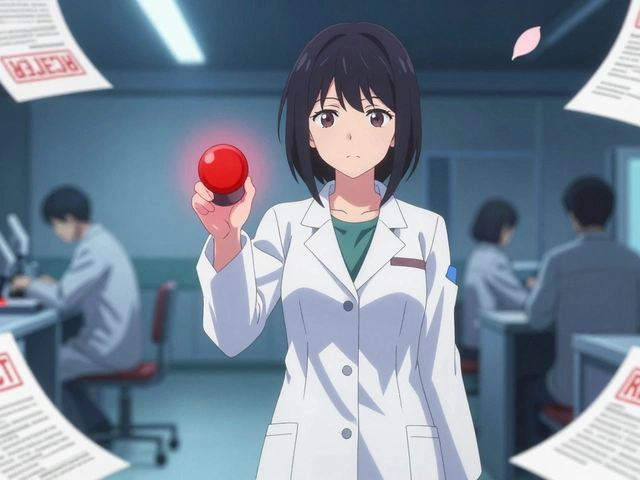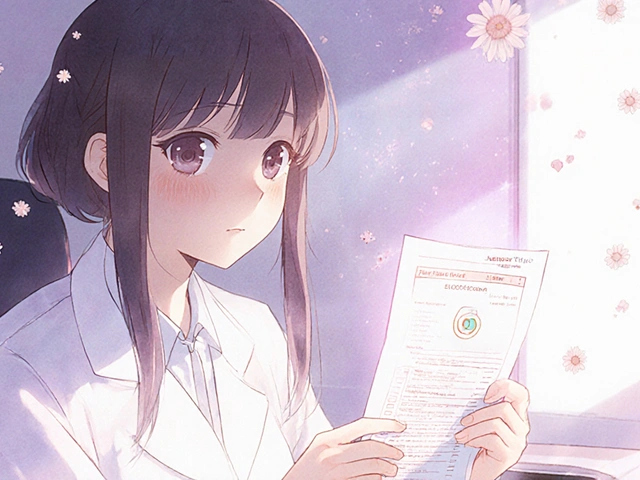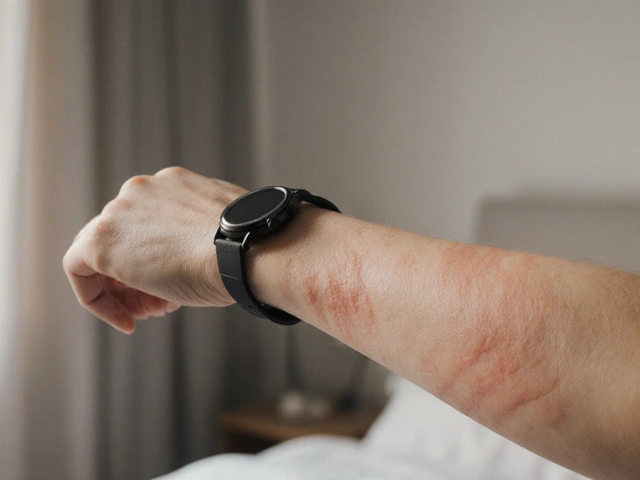Sleep Apnea: What It Is and How to Treat It
Waking up gasping, loud snoring, daytime headaches or constant tiredness? Those are classic signs of obstructive sleep apnea (OSA). Sleep apnea happens when your airway partially or fully closes during sleep, stopping airflow for seconds or longer. That interrupts sleep stages and leaves you exhausted, raises blood pressure, and increases heart risk over time.
How do you know if you have it? A partner noticing pauses in breathing helps, but the only real way to diagnose it is a sleep study (polysomnography or home sleep test). Doctors use the results to give you an apnea-hypopnea index (AHI) score — that tells them how mild or severe the condition is and what treatment fits.
Quick treatment options
CPAP (continuous positive airway pressure) is the most reliable fix for moderate to severe OSA. A CPAP machine keeps your airway open with steady airflow; masks come in different styles so fit matters. If CPAP feels impossible, try an oral appliance that shifts your jaw forward or positional therapy if you only have apnea when lying on your back. In selected cases, surgeons can remove tissue or rebuild parts of the airway.
If daytime sleepiness remains a problem despite treating apnea, doctors sometimes prescribe wakefulness-promoting drugs like modafinil or armodafinil. Those are prescription-only. Don’t self-medicate — talk to your sleep doctor about safety, side effects, and how these drugs fit your treatment plan.
Saving on supplies and medications
CPAP masks, cushions, filters and replacement tubing add up. Many people buy supplies online to save money. If you’re considering Mexican pharmacies or cross-border suppliers, check that the device brand is genuine and the seller accepts prescriptions. For prescription drugs used with sleep apnea (like wakefulness drugs or allergy meds that affect sleep), generic versions can cut costs a lot.
Quick buying tips: always get a valid prescription, read seller reviews, confirm warranty and return policy, and check customs rules for your country. For CPAP accessories, measure your mask size before ordering replacements. If cost is the barrier, ask your clinic about loaner programs, insurance coverage, or patient assistance programs from manufacturers.
Managing sleep apnea often needs changes beyond devices: lose excess weight, limit alcohol before bed, and avoid sedatives that relax the airway. Track your symptoms and share data from your CPAP app with your doctor — small adjustments to pressure or mask type often solve big comfort issues.
Want to compare prices for CPAP supplies or prescription options in Mexico? Use our site to check current costs, trusted pharmacies, and tips to order safely. Better sleep starts with the right diagnosis, the right device, and smarter shopping.
When should you see a doctor? If you wake tired despite 7+ hours of sleep, or someone reports choking or pauses, get evaluated. Untreated apnea raises risk of high blood pressure, stroke, heart attack, diabetes and daytime accidents. For CPAP users: leaks, dry mouth, congestion, or mask pressure are common. Try a different mask type, humidifier setting, or a mask liner. Clean cushions weekly and swap filters per the manual. If your app shows low usage or residual AHI above recommended levels, contact your provider — pressure tweaks or an alternative therapy might be needed. Traveling? Carry your CPAP power adapter, a copy of your prescription, and a travel mask today.






